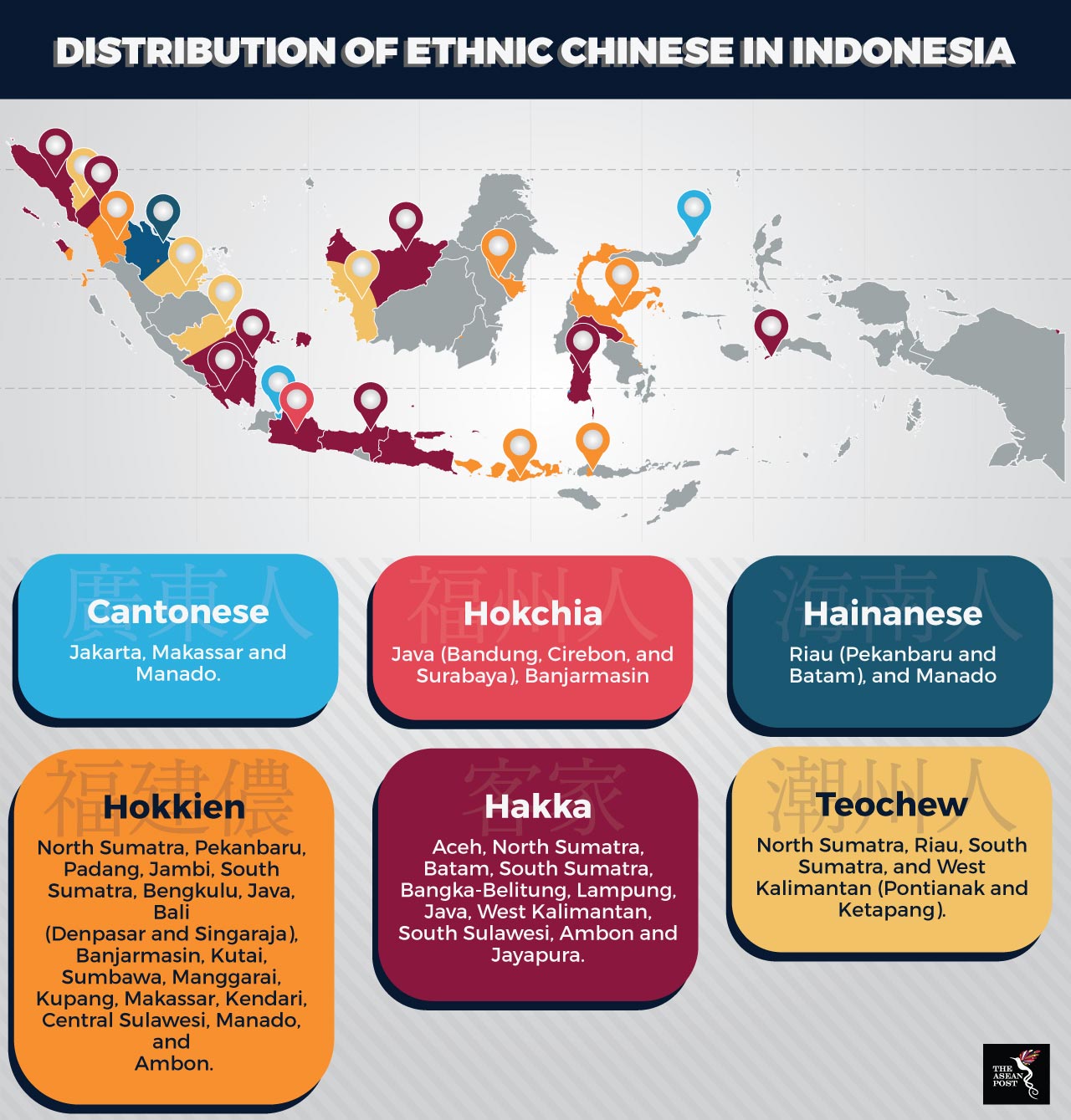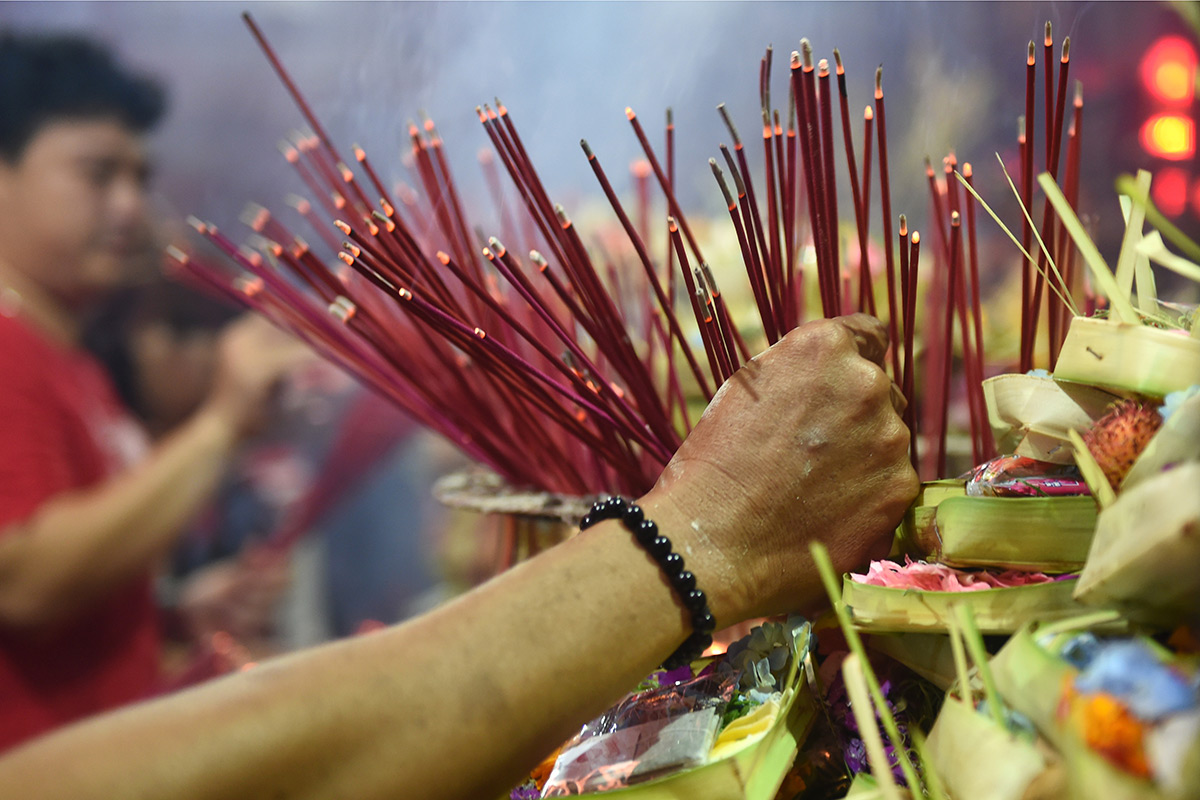On 19 November 2014, Basuki Tjahaja Purnama, the grandson of a tin miner from Guangzhou, China, was sworn in as the Governor of Jakarta by newly minted President Joko Widodo at the Indonesian capital’s State Palace, after serving as the city’s deputy governor for two years.
The move was hailed as an epochal milestone for the ASEAN member state by the international community, with media watchdogs such as Time Magazine and the New York Times lauding it as a long-overdue step forward in the struggle to break down historic barriers between Indonesia’s ethnic Chinese and pribumi communities.
Basuki, also known by his Hakka nickname “Ahok”, was the first Indonesian of Chinese descent to hold such a prominent public office. A rising star in the country’s political scene in his own right, with deep-rooted support in the Presidential Palace, his pedigree and position seemed perfectly poised to lead Indonesia into a modern era of racial harmony.
Few could guess the finality with which that star would fall. On 10 May 2017, six months short of what would have been his third year in office, Ahok began a new life behind bars at the National Police Mobile Brigade (Brimob) Detention Centre in Dua Kepala, Depok, with biweekly visitor rights and a Bible as his only solace, following a two-year sentence for blasphemy by the North Jakarta District Court.
Colonial roots
Ahok’s tumultuous rise and subsequent fall from grace, as a Christian as well as a representative of the Indonesian Chinese community, underscores the political and religious differences that divide Indonesia today, as well as their potentially ruinous consequences for the nation.
These differences, and the larger story of the unhappy conflict between Indonesian Chinese and pribumi, or native Indonesians, have their roots in centuries of distrust and ethnic violence between the two communities, starting with the establishment of the first foothold of the Dutch East India Company (DEIC) in Batavia in 1603.
Jan Pieterszoon Coen, a Dutch captain and DEIC officer, employed Chinese workers instead of local labour to build Batavia on the ruins of old Jakarta, as they were less hostile to foreign intervention in the region. Similar to the segregation of Chinese, Malay and Indian communities under the colonial “divide and rule” policy in British Malaya, Coen separated Batavia’s people according to three ethnic groupings: Europeans, “foreign Easterners,” comprising Arabs, Indians and Chinese, and the pribumi natives.
In another parallel with British Malaya, the Chinese Indonesian community achieved economic success under colonial rule, particularly through the collection of DEIC export-import duties. As of 1710, 79 out of 84 sugar plantations surrounding Batavia were reported to be owned by the Chinese. Their growing influence and wealth caused tensions with other communities in the city, coming to a head with the 1740 Batavia massacre, the first recorded incident of widespread violence targeted at Indonesia’s Chinese population.
Institutionalised discrimination
However, the episode which would leave the deepest scar on Indonesia’s national identity came in 1998, amid civil unrest caused by economic hardship, food shortages and mass unemployment nationwide due to the financial crisis gripping the region at the time. The country’s Chinese community once again bore the brunt of the attacks, with looting of Chinese-owned shops and supermarkets widespread.
The May 1998 riots remain etched on Indonesia’s collective consciousness, with their brutality representative of wider prejudice against ethnic Chinese in the country – a legacy of former President Muhammad Suharto’s New Order, which saw the implementation of numerous laws aimed at regulating the community.
These included Cabinet Presidium Decision 127 of 1966, which outlined the adoption of “Indonesian-sounding” names for ethnic Chinese, and Presidential Instruction 14 of 1967, which banned the public display of Chinese religions, beliefs or customs, as well as subsequent prohibitions on the use of Chinese characters. By 1977, the Ministry of Home Affairs had issued an Instruction authorising the use of special codes to identify ethnic Chinese in their national identification cards.

Source: Various sources
While much of this legislation was annulled or repealed following Suharto’s resignation on 21 May 1998, a number are still in force, serving as a testament to the institutionalised discrimination prevalent in the nation’s legislation and governing structures, as well as its lingering effect on the Indonesian psyche.
Identity at risk
Today, Chinese Indonesians are a community caught between two worlds, torn between nationalistic loyalty to the country of their birth and the safety promised by a life beyond its borders.
The most recent population census by Statistics Indonesia (SI) estimated the Chinese Indonesian population to number 2,832,510 in 2010, representing roughly 1.2 percent of the population at the time. However, academics such as Australian National University professor emeritus Jamie Mackie have noted that this estimate may be deeply flawed, as SI’s methodology required respondents to self-identify with regard to ethnicity, which many Chinese Indonesians may have avoided due to May 1998-related fears.
Other estimates regarding the number of Chinese Indonesians in the ASEAN member state range up to nine million. However, the actual population figure is difficult to gauge, with Mackie stating in a 2005 report: “Whether the non-reporting Chinese numbered only a small proportion or vastly more in any region, or nationally, is quite unknown and unknowable.”
The community itself can be broken down into two distinct groups: Peranakan Chinese, whose ancestors migrated to the region centuries ago and who have largely assimilated into the native population by marriage, and totok Chinese, who immigrated more recently and thus maintain cultural ties to China.
While Charlotte Setijadi, visiting fellow at the Singapore-based ISEAS-Yusof Ishak Institute, notes that discrimination in the country is on the decline after nearly two decades of policy and societal reforms, she notes the rise of anti-Chinese narratives following Ahok’s blasphemy hearing in her 2017 study, Chinese Indonesians in the Eyes of the Pribumi Public.
“One of the most persistent stereotypes about Chinese Indonesians is that they are wealthy and economically dominant. However, what is both interesting and worrying is that a considerable 47.6 percent of respondents agree that ‘Chinese Indonesians may still harbour loyalty towards China,’ even though almost all ethnic Chinese in Indonesia today are Indonesian citizens,” she says.
Sadly, the majority of pribumi respondents in the ISEAS study agreed with negative perspectives on Chinese Indonesians, including sentiments that ethnic Chinese “only care about their own kind” (48.4 percent), are “too greedy and ambitious” (46.3 percent) and “do not fit with Indonesian values” (42.6 percent).
Singapore is known as a second home and financial haven of sorts for Chinese Indonesians, with wealthy members of the community shifting assets to the island republic following the May 1998 riots. In addition, many Chinese Indonesians are reported to maintain “backup plans” to exit the country should racial riots flare up again.
In tackling the barriers between this persecuted demographic and Indonesia’s pribumi population, the Indonesian government must keep in mind the economic and financial contributions that Chinese Indonesians have made to the nation. If systemic violence against the community were to happen again, it is certain that increased capital flight will follow, to say nothing of the blow to Indonesia’s reputation on the global stage.
